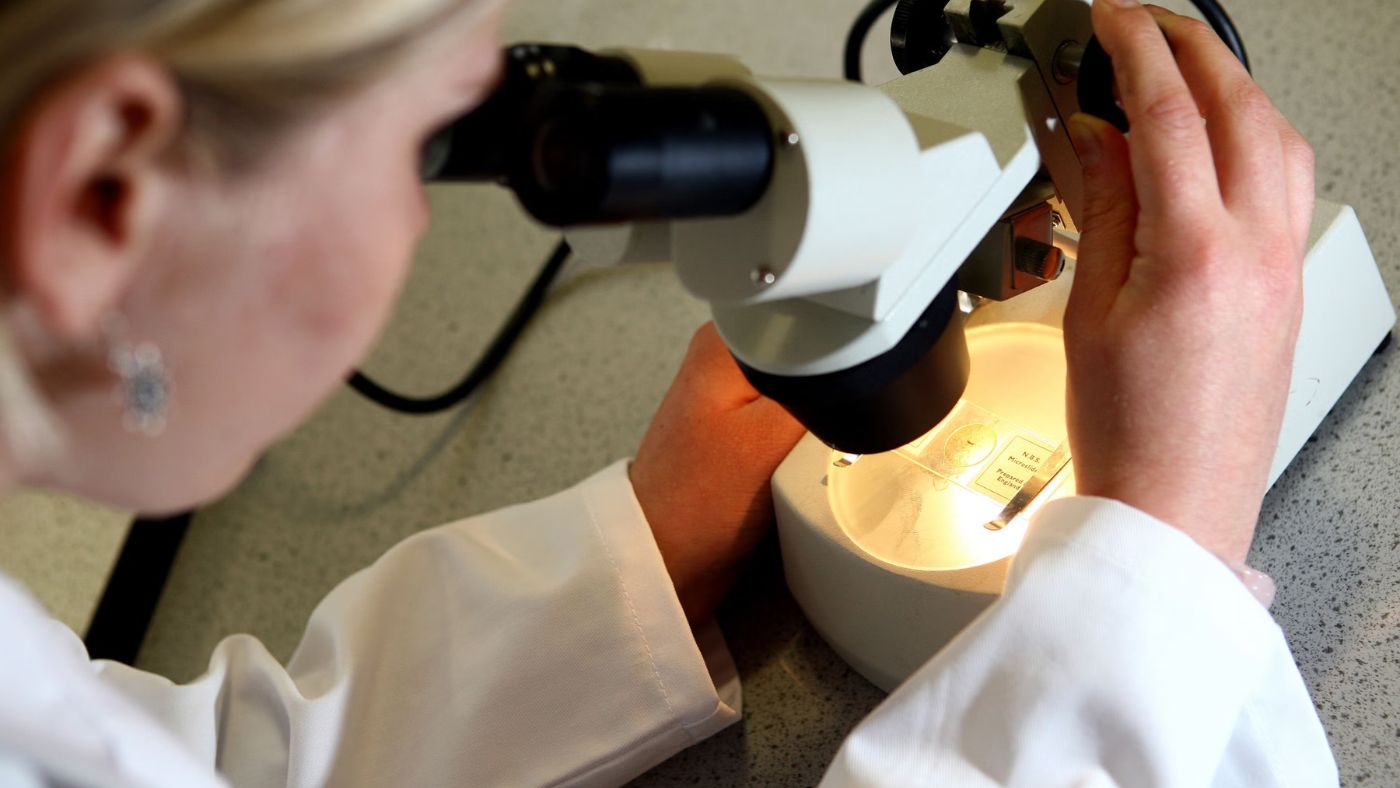New research revealed in advance of this year’s European Congress of Clinical Microbiology and Infectious Diseases (ECCMID 2024, Barcelona, 27-30 April) by a team from the Netherlands showcases how cutting-edge CRISPR-Cas gene editing technology can effectively eradicate the HIV virus from infected cells in laboratory settings, offering promising prospects for a cure.
The studies, led by Dr. Elena Herrera-Carrillo and her team (Yuanling Bao, Zhenghao Yu, and Pascal Kroon) at Amsterdam UMC, Netherlands, mark a significant breakthrough in the quest for an HIV cure.
CRISPR-Cas gene editing is a revolutionary technique in molecular biology that enables precise modifications to the genomes of living organisms.
This groundbreaking method, honored with the 2020 Nobel Prize in Chemistry for its inventors Jennifer Doudna and Emmanuelle Charpentier, allows scientists to pinpoint and alter specific segments of an organism’s DNA with unprecedented accuracy.
Operating akin to molecular scissors guided by RNA, CRISPR-Cas can cleave DNA at designated locations, facilitating the removal of unwanted genes or the introduction of new genetic material into cells, thus paving the way for advanced therapeutic applications.
A primary challenge in HIV treatment lies in the virus’s ability to integrate its genetic material into the host’s DNA, making complete eradication exceedingly difficult.
While potent antiviral medications effectively manage HIV infection, lifelong treatment is necessary as the virus can rebound from dormant reservoirs once treatment ceases.
The authors underscore that CRISPR-Cas genome editing offers a novel approach to target HIV DNA directly.
“Our objective is to develop a robust and safe combined CRISPR-Cas regimen, aiming for a universal ‘HIV cure’ that can neutralize diverse HIV strains across various cellular environments,” they stated.
HIV can infiltrate diverse cell types and tissues in the body, each with its distinct biological milieu and characteristics. Consequently, researchers are looking for strategies to combat HIV in all these contexts.
In their study, the researchers employed CRISPR-Cas molecular scissors along with two guide RNAs targeting “conserved” regions of the HIV genome—those segments that remain constant across all known HIV strains—to achieve the eradication of HIV-infected T cells.
By focusing on these conserved regions, their approach seeks to provide a broad-spectrum therapy capable of combating multiple HIV variants effectively.

However, they acknowledge logistical challenges posed by the size of the vehicle (or vector) used to transport the cassette containing therapeutic CRISPR-Cas components, which is currently too large.
To address this, the researchers experimented with techniques to downsize the cassette and streamline the vector system.
In simpler terms, they are working on fitting oversized cargo into a compact vehicle for delivery to infected cells, necessitating strategies to reduce the size of the “cargo” (cassette).
Another challenge they aimed to surmount was reaching HIV reservoir cells that reactivate when antiretroviral treatment is halted.
Additionally, the authors evaluated different CRISPR-Cas systems sourced from various bacteria to assess their efficacy and safety in treating HIV-infected CD4+ T cells. They highlighted results from two systems, saCas9 and cjCas.
SaCas9 demonstrated exceptional antiviral efficacy, completely deactivating HIV using a single guide RNA and excising viral DNA with two guide RNAs.
Their successful vector size reduction strategy enhanced delivery efficiency to HIV-infected cells. Furthermore, they effectively targeted “hidden” HIV reservoir cells by focusing on specific surface proteins (CD4+ and CD32a+).
“We have developed an effective combinatorial CRISPR-based assault on the HIV virus across multiple cell types and reservoir sites, demonstrating the precise delivery of therapeutics to target cells,” the authors affirmed.
“These findings represent a pivotal advancement toward developing a curative strategy.”
The authors underscored that their work serves as proof of concept and does not imply an immediate HIV cure.
“Our next steps involve optimizing delivery mechanisms to target the majority of HIV reservoir cells. We will integrate CRISPR therapeutics with receptor-targeting agents and progress to preclinical models to rigorously evaluate the efficacy and safety of this combined cure strategy.
his step is crucial for achieving selective CRISPR-Cas delivery to reservoir cells while avoiding non-reservoir cells.
“Our aim is to ensure the safety and efficacy of this therapeutic approach for future clinical applications.
Only then can we contemplate human trials for an HIV cure strategy. While these initial findings are highly promising, it is premature to anticipate an operational HIV cure in the near term.”
